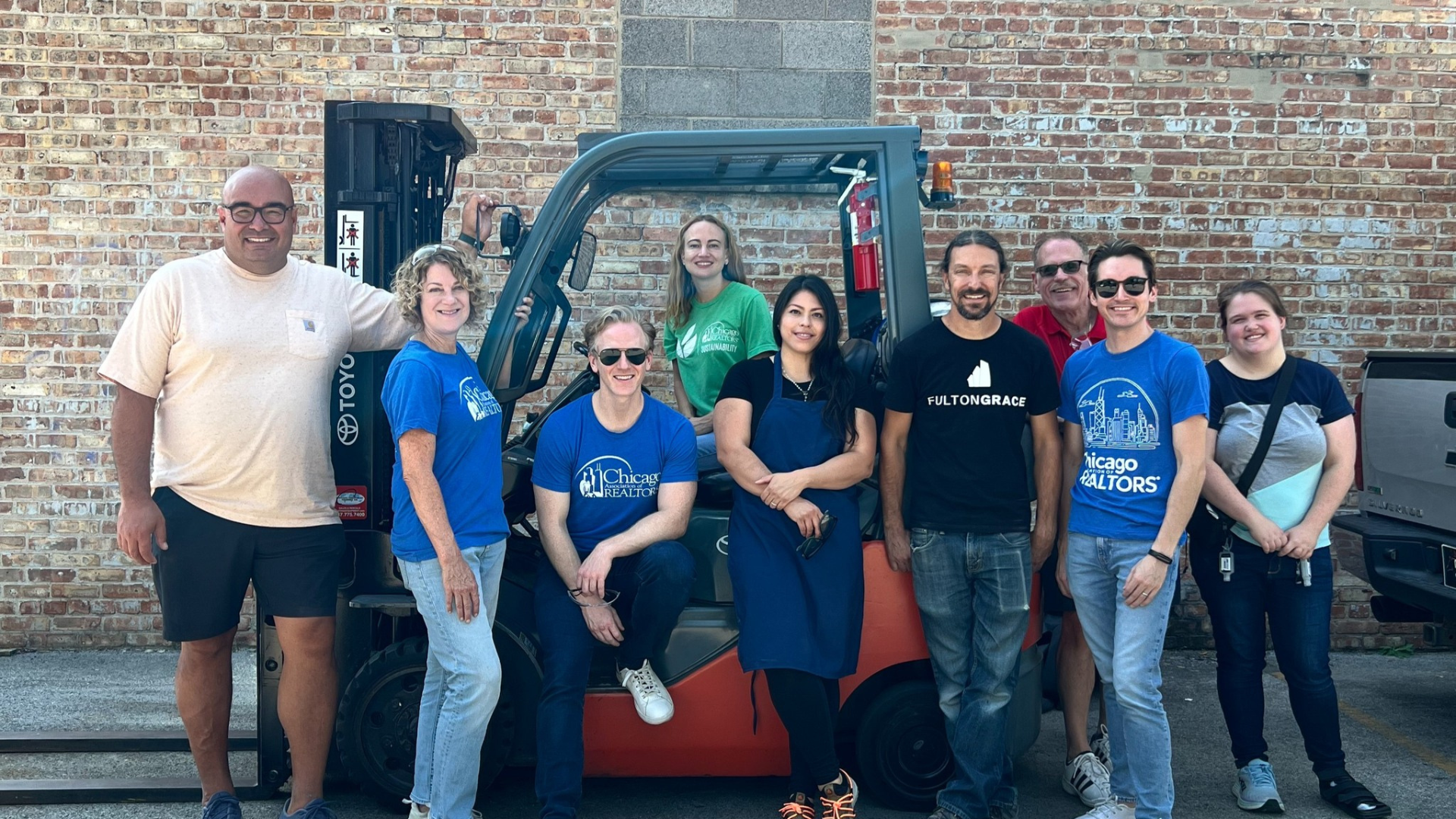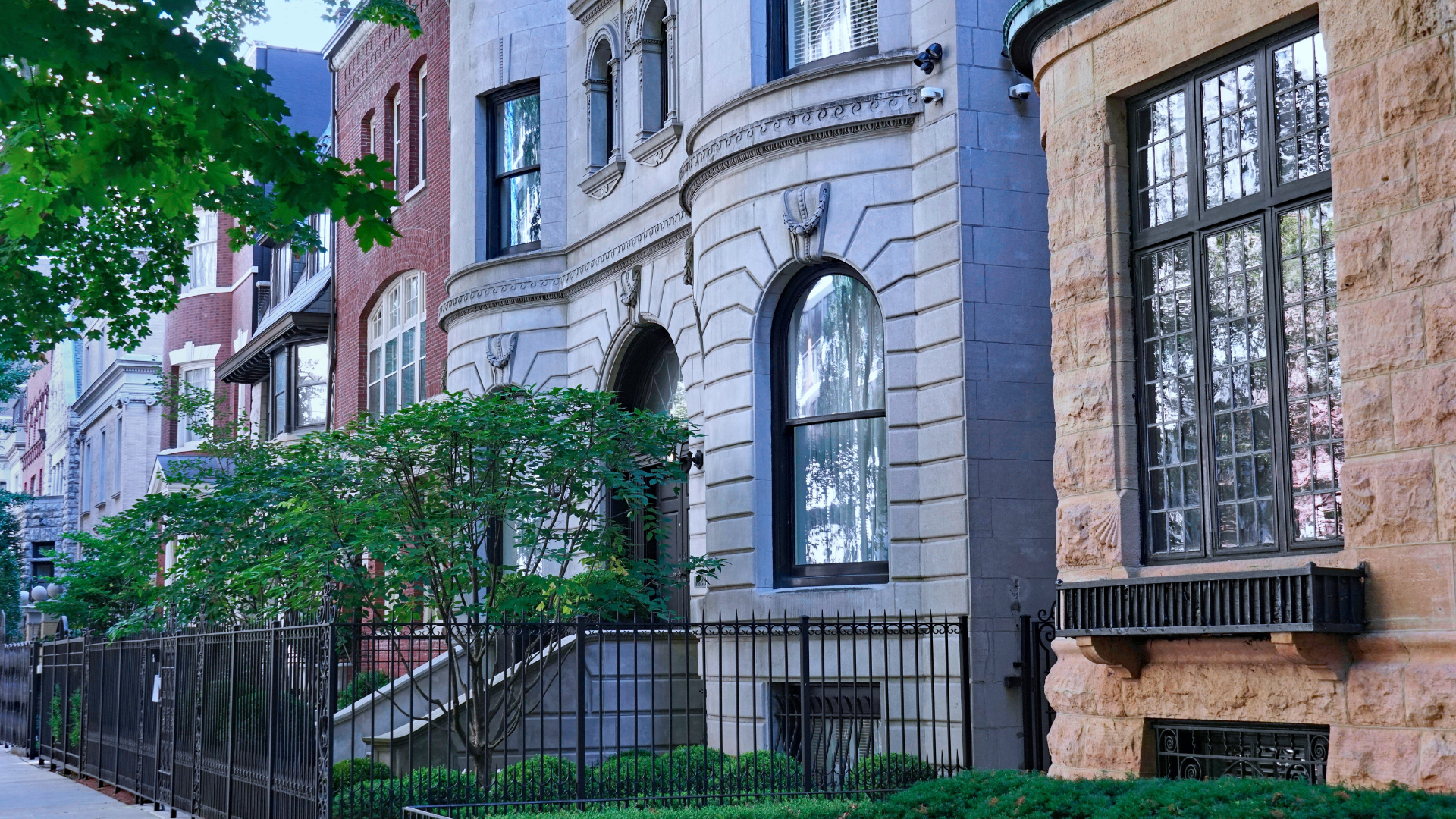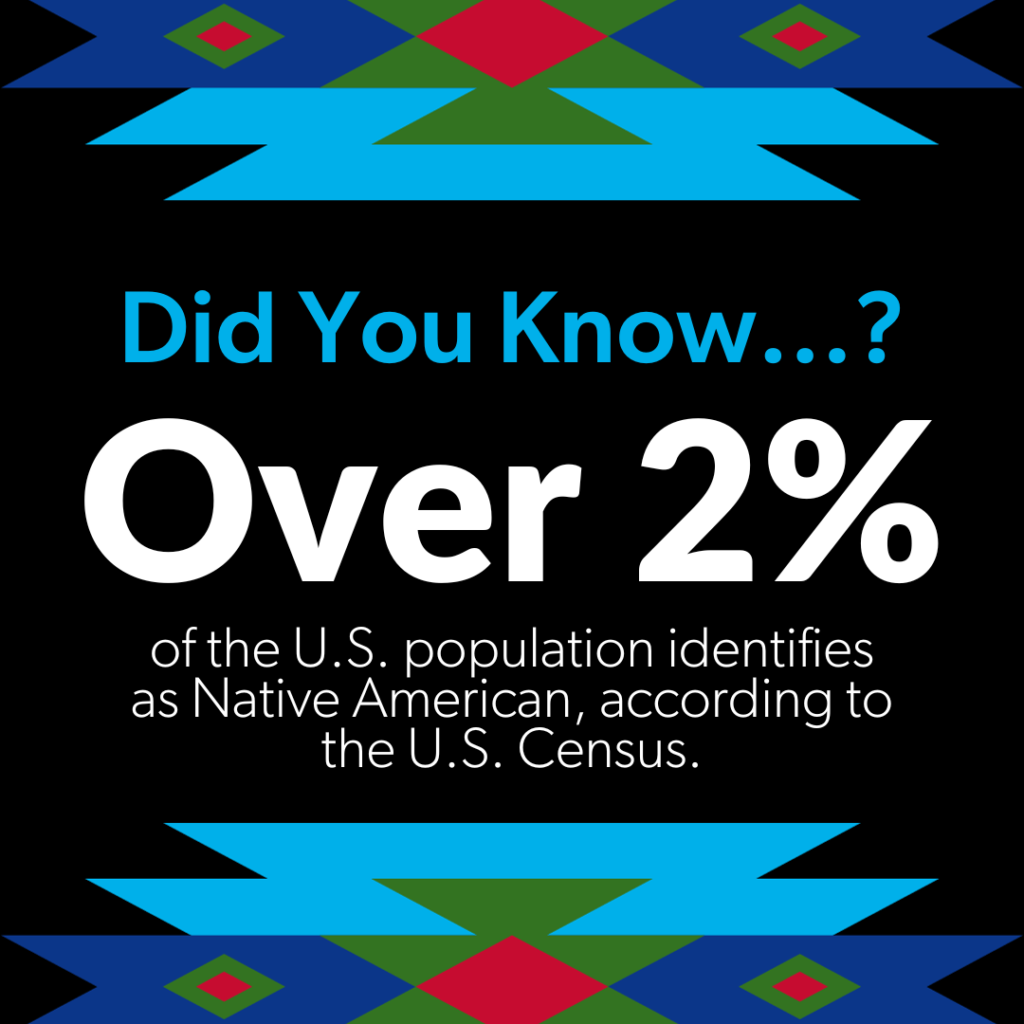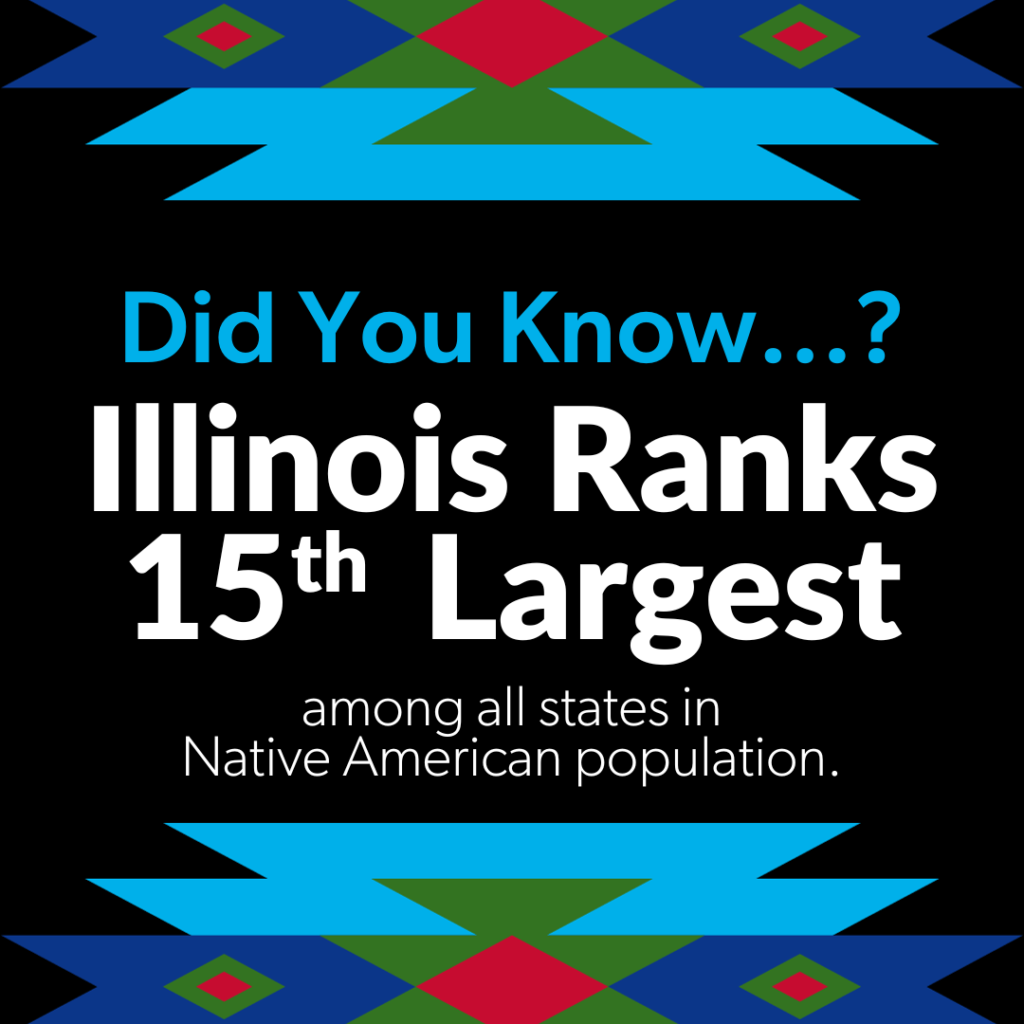November is Native American Heritage Month. We are proud to celebrate and recognize the diverse culture, traditions, achievements and contributions, as well as raise awareness about the historic and current challenges of Native Americans across American Indian, Alaska Native, Native Hawaiian and American Samoan communities.
“This month, we celebrate Native American history and culture. We are reminded that with hard work and a commitment to our founding ideals, we can address the wrongs of our past and become a more perfect Union — one that ensures liberty, justice, dignity, and equality for all.”
A Proclamation on National Native American Heritage Month by President Joe Biden in 2023
History of Native American Heritage Month
- 1916: New York became the first state to declare an American Indian Day.
- 1976: President Gerald Ford proclaimed October 10-16 as Native American Awareness Week.
- 1986: Congress declared November 23–30 as American Indian Week or Native American Indian Heritage Week.
- 1990: President George H. W. Bush signed into law a joint resolution designating the month of November as the first National American Indian Heritage Month (also known as Native American Indian Heritage Month).
To view a complete timeline of Native American history, visit History.com.
Why We Celebrate in November
Congress ultimately chose November as the month to honor Native Americans because the month concludes their traditional harvest season. It is generally a time of celebration, giving thanks and commemorating. (Source)
the Difference between Native American, American Indian and Indigenous American
In the U.S., Native American is the most common term, but many people prefer to use American Indian or Indigenous American instead.
A few things to remember:
- Avoid using these terms as a noun: for example, “the Indigenous.”
- Avoid possessive phrasing like, “America’s Indigenous peoples.”
- Make sure to specify where someone is from. For example, use phrases like “Indigenous peoples of Central America” or “Indigenous peoples of Canada.”
- “Indian American” and “American Indian” are different. “Indian Americans” are U.S. citizens with ancestry from India.
- The National Museum of the American Indian notes it’s best practice to state the individual tribal name when possible. When in doubt, always ask.
Did You Know?
Additional Facts:
- Based on 2020 Census data, more Chicagoans are identifying as Native American — up from 13,337 in 2010 to 34,543 in 2020, according to a Chicago Sun-Times analysis of census data.
- There are over 574 federally recognized Native tribes in the United States, covering more than 56 million acres, each with its own unique culture and history.
- This year, Gov. Pritzker signed the Human Remains Protection Act, expanding protections for Native Americans in Illinois. The bill establishes procedures for encountering human remains or gravesites and returning remains to Native American Nations. Illinois currently has the second-largest collection of unrepatriated remains in the United States.
Recent Real Estate News and Housing Policy
This year, the Biden Administration increased funding to nine Native American Community Development Institutions. The U.S. Department of Agriculture (USDA) will distribute $9 million through a re-lending demonstration program that provides capital to Native Community Development Financial Institutions to be used for low and very-low-income families on tribal lands.
Additionally, over $1 billion is appropriated for Native communities to purchase, construct or rehabilitate housing and related infrastructure to address production demand and the need for higher-quality housing stock.
Ways to Commemorate Native American Heritage Month
Events
- November 4th | 70th Annual Powwow by the American Indian Center
- November 11th | Chicago History Museum Family Event
Visit
- Field Museum’s Native Truths: Our Voices, Our Stories Exhibition
- Gallery at the American Indian Center in Chicago
- Enjoy over 20 events sponsored by the Chicago Public Library
Learn & Discover
- Learn about the land you’re living on with Native Land Digital. Enter your zip code and view the native tribal land in your area and discover more about the tribes’ unique traditions and more.
- The colors chosen in our campaign, turquoise, blue, red and green, are based on the Peoria tribe’s emblem. The Peoria tribe inhabited a large portion of northern Illinois.
- Visit the National Museum of the American Indian website or take a quick trip to explore the latest exhibitions.
- Discover 16 fascinating facts about Native American Heritage Month.










